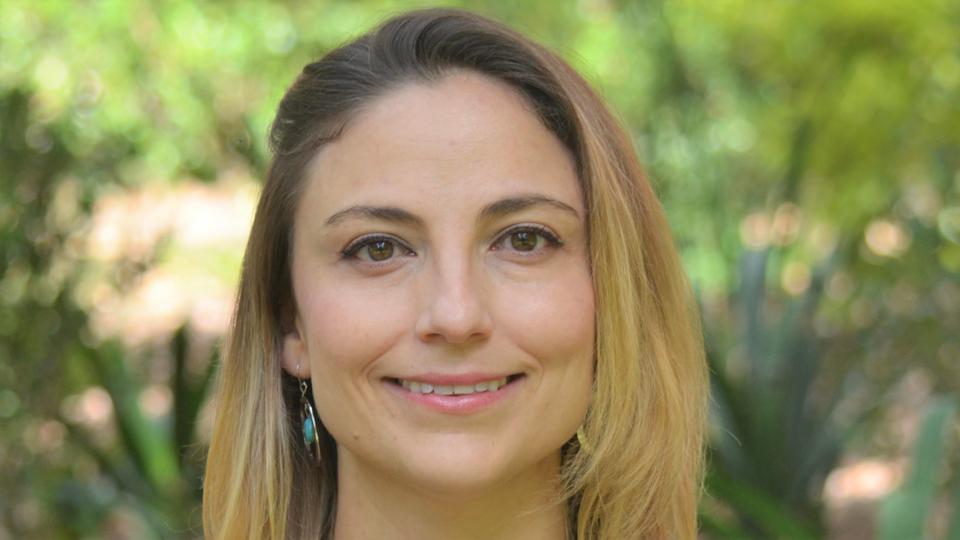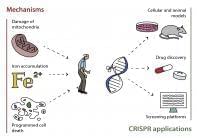Scientists in California tried to study Alzheimer’s disease from a different perspective and the results may have led them to the cause of the disease.
Researchers at the University of California-Riverside (UCR) recently published results from a study that looked at a protein called tau. By studying the different forms tau proteins take, researchers discovered the difference between people who developed dementia and those who didn’t.
The tau protein was critical for researchers because they wanted to understand what the protein could reveal about the mechanism behind plaques and tangles, two critical indicators doctors look for when diagnosing people with Alzheimer’s.









